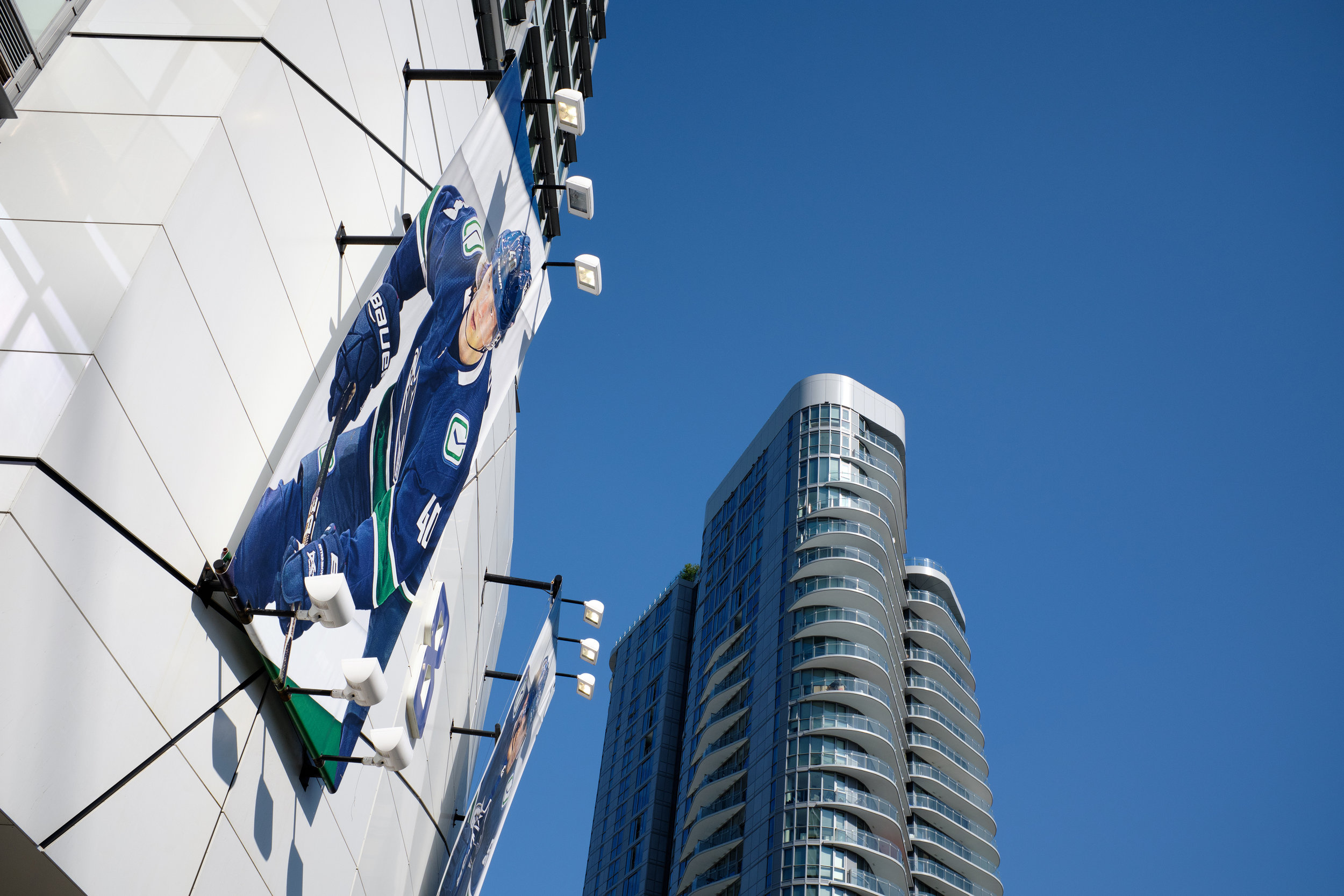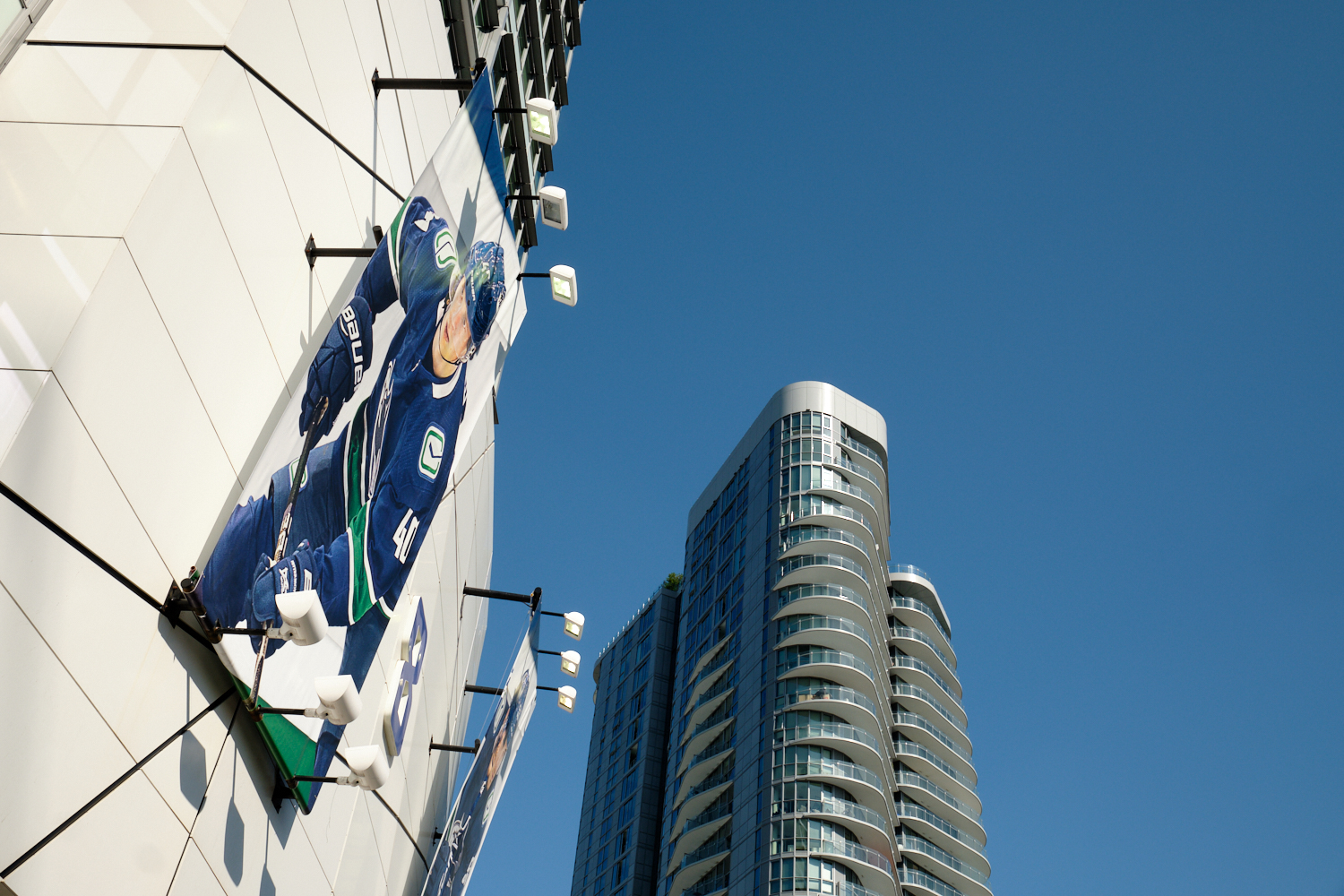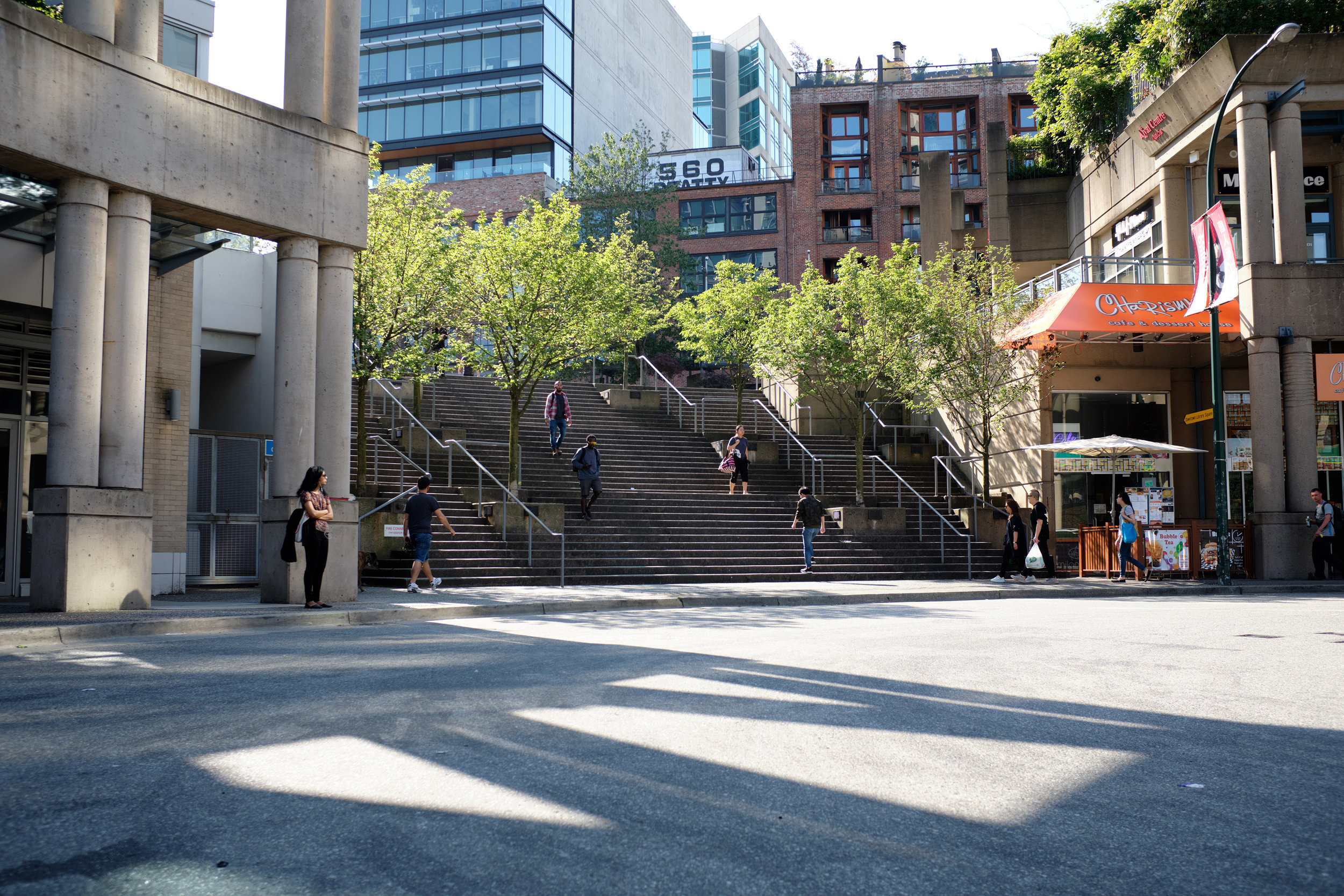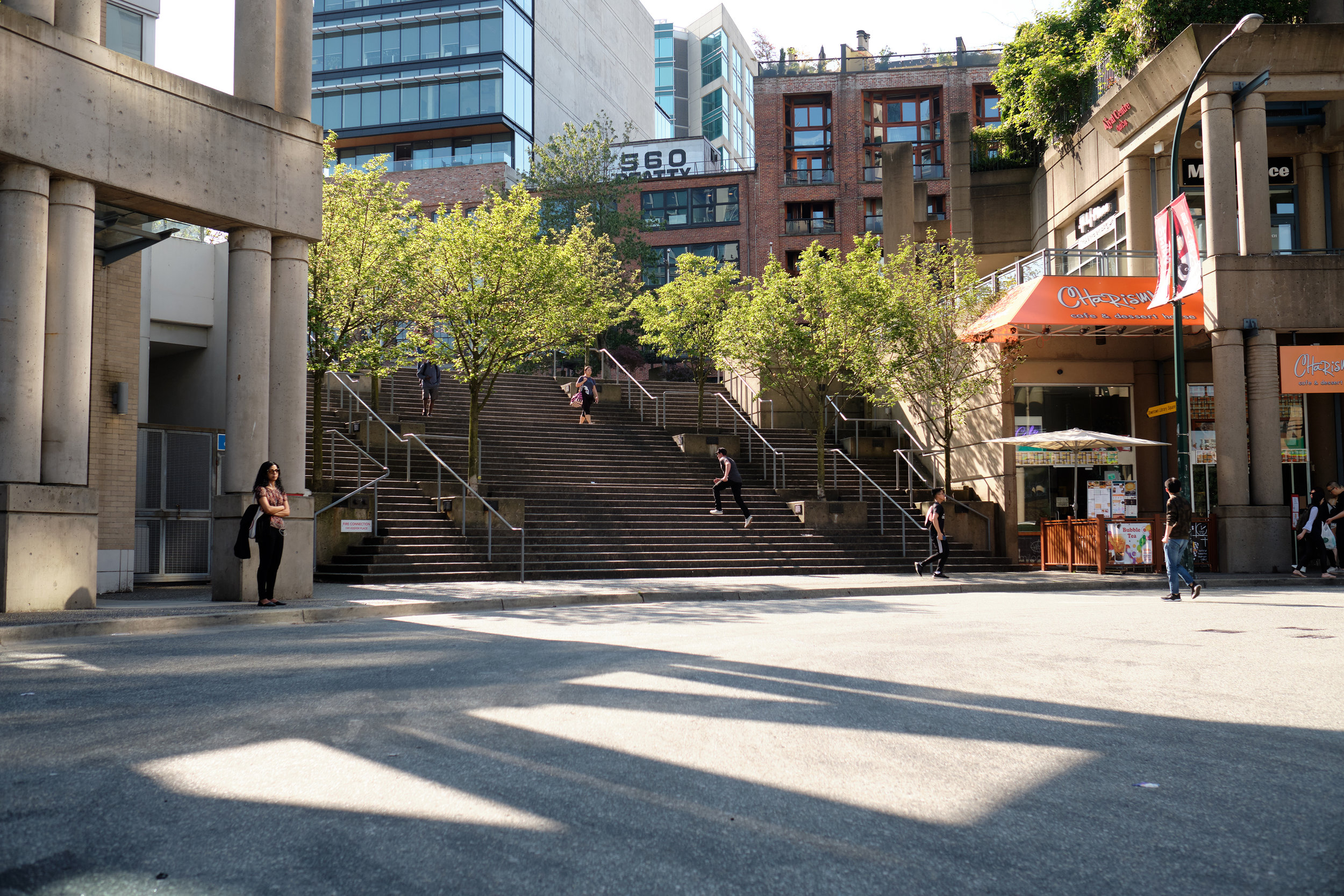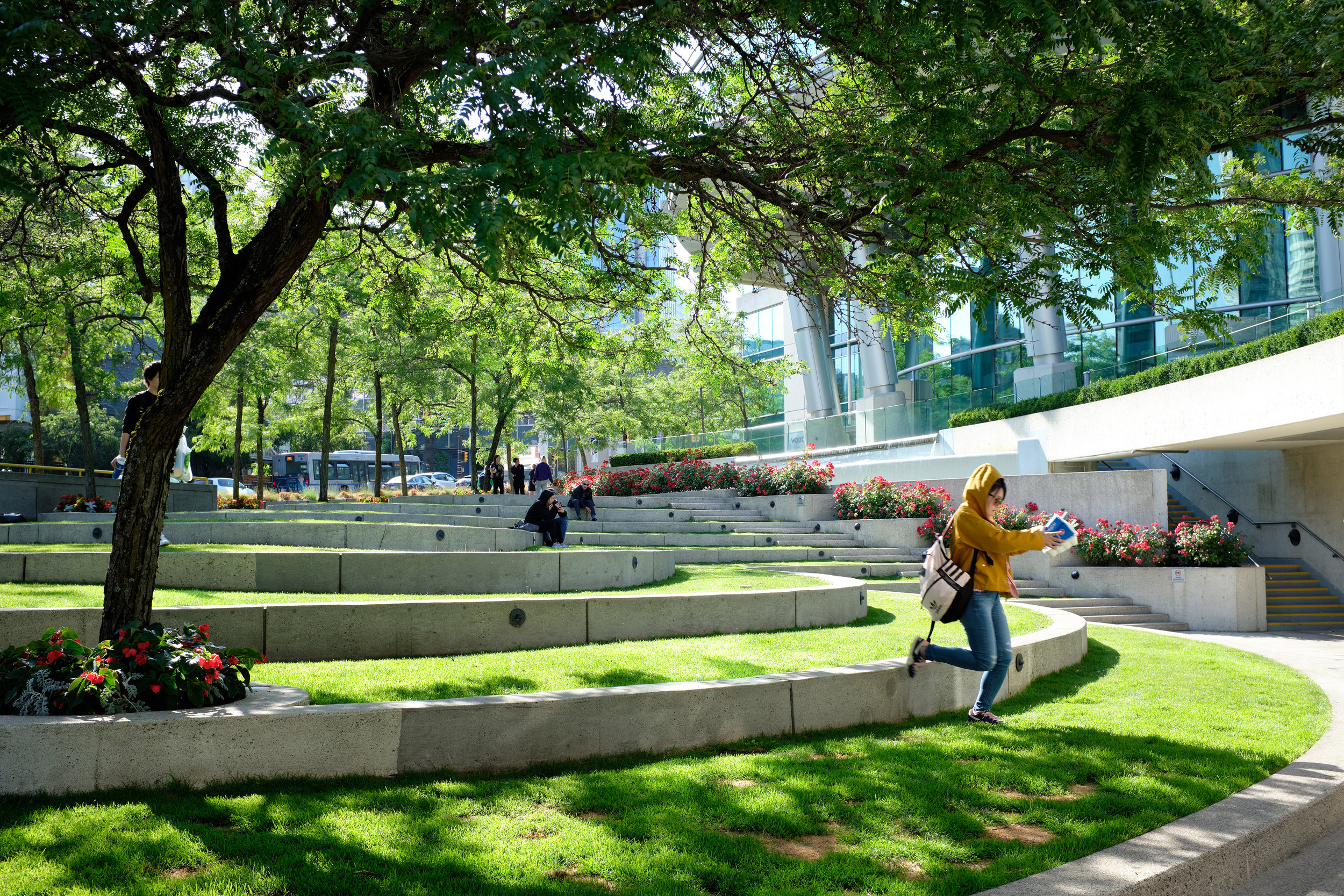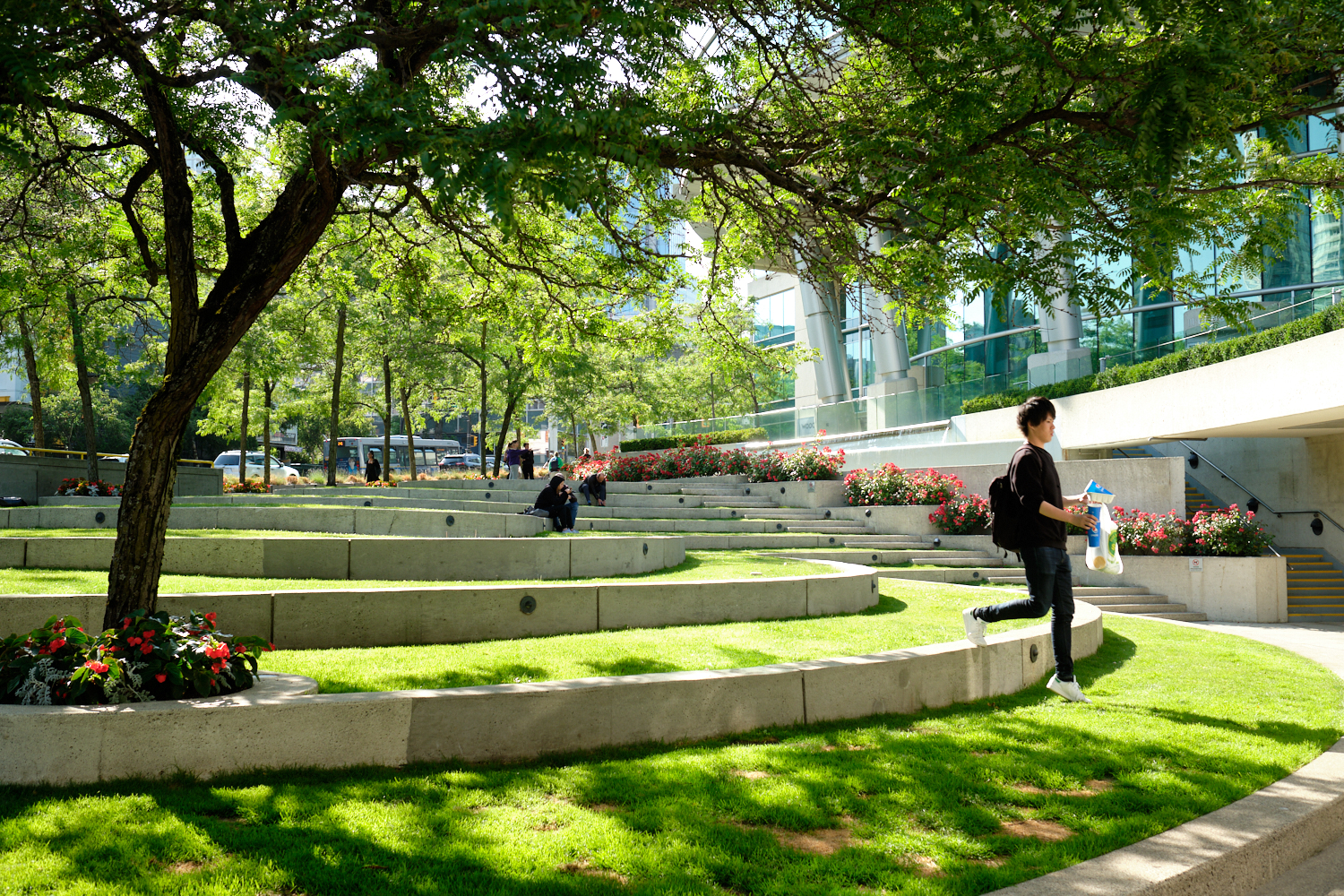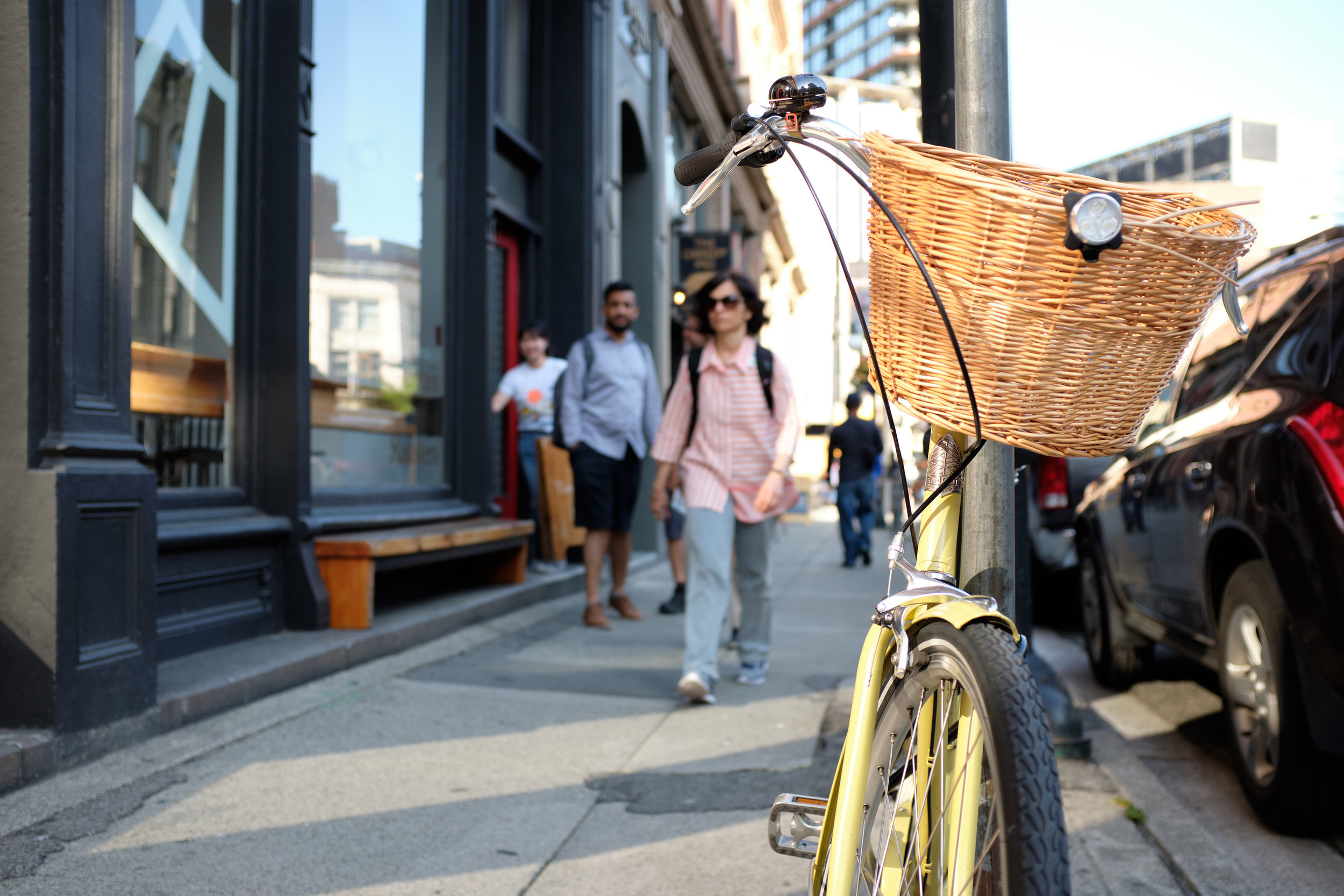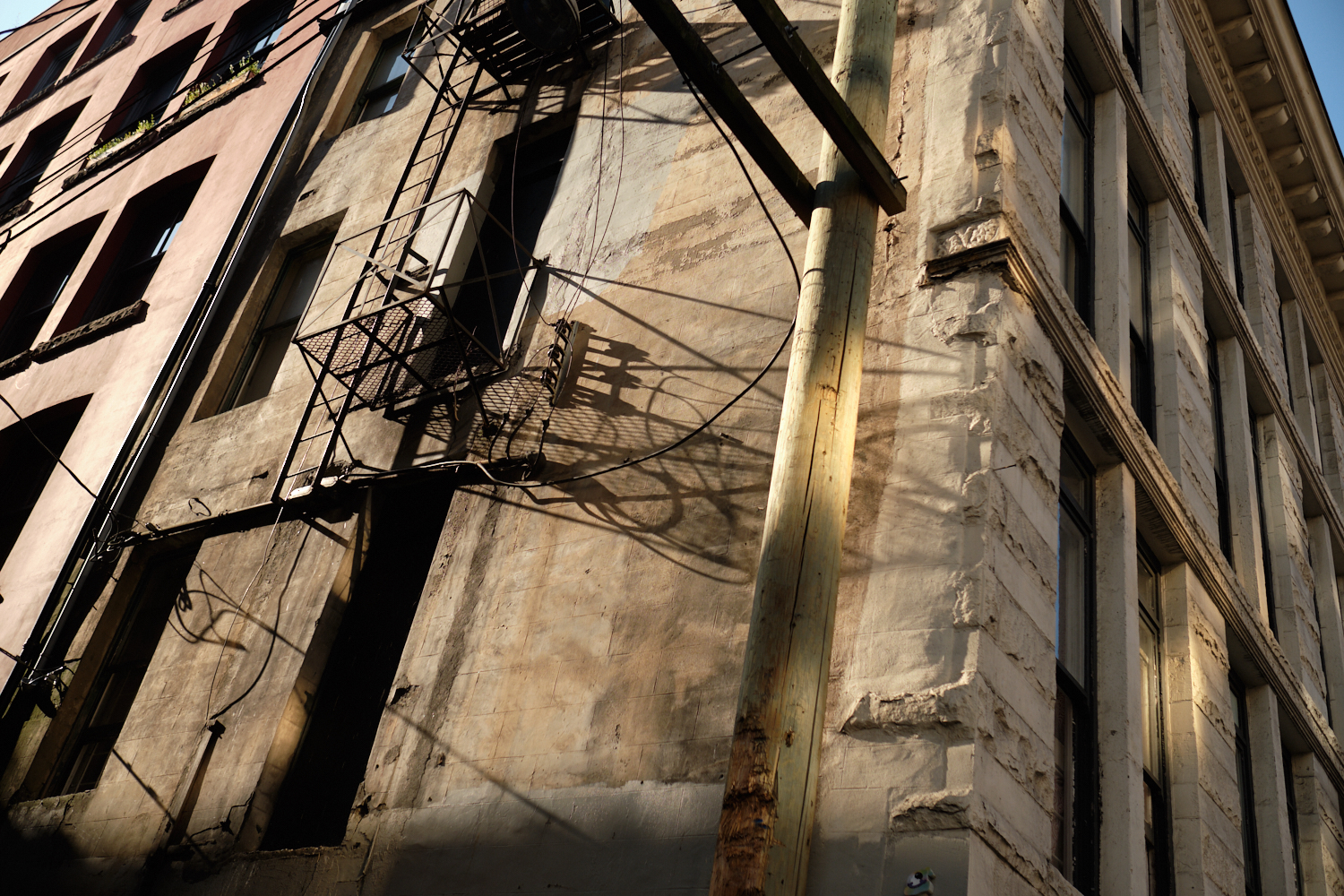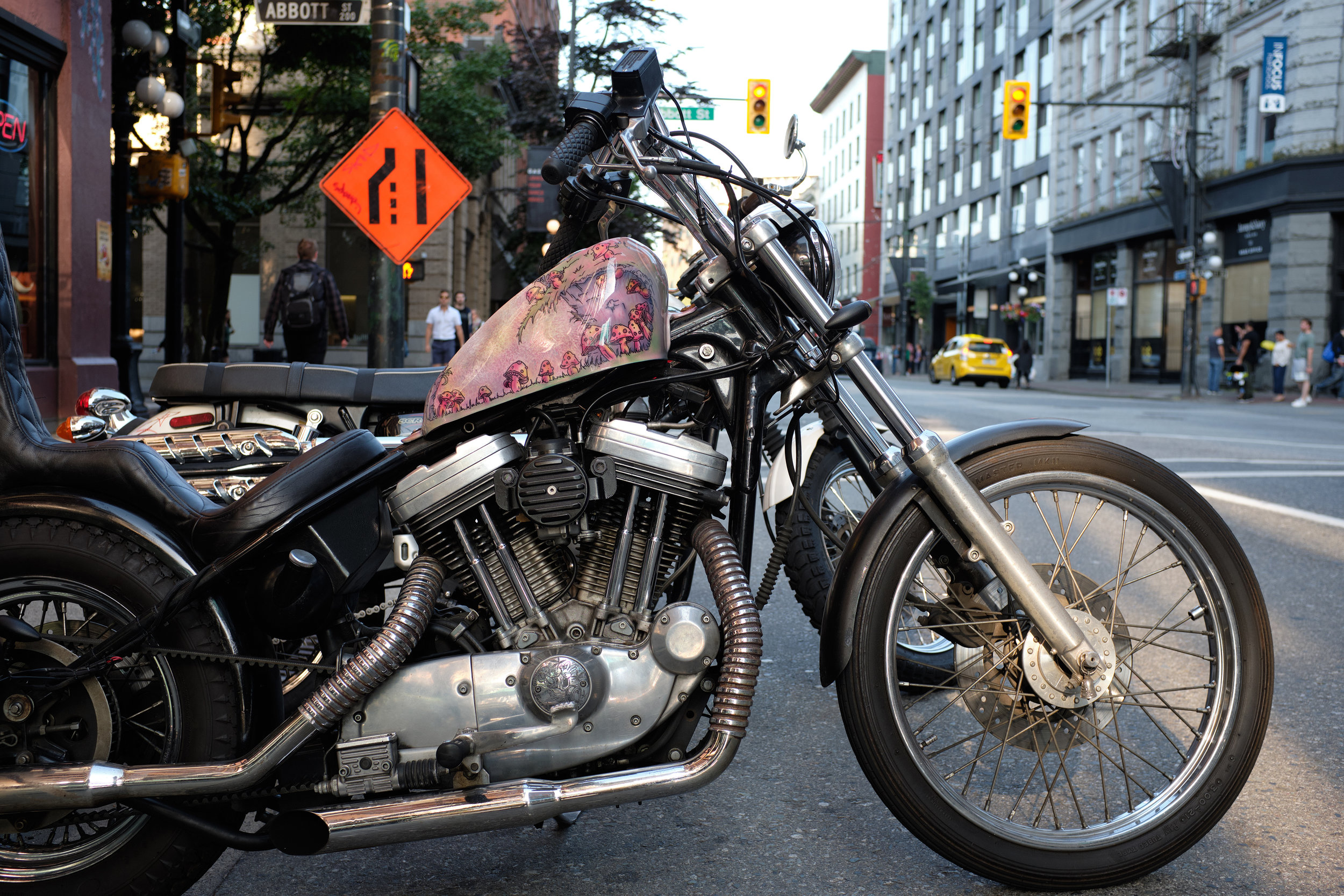Fujifilm X100F Review

Fujifilm X100F and Fujifilm X-Pro2 with the XF 23mm f/1.4 R
Fuji X100F Review
Thanks to Leo’s Camera Supply in Vancouver for making the Fujifilm X100F available to me for my review. I was able to take it for a spin over the weekend. I have been curious about the X100F since it was released in January 2017.
History of the Fujifilm X100 Series
The X100, released back in 2011 started the whole retro period for Fujifilm and essentially initiated the X-Series. Who would have predicted how far they would take this. I jumped on the bandwagon with the release of the X-Pro1 in March of 2012 and for a brief period, I owned an X100S.
First things first. A proper inspection of the Fujifilm X100F conducted by Meli.
Personally, the X100S faced stiff competition when the XF 23mm f/1.4 R was released and I ended up selling my X100S. The X100 timeline goes, 2011 - X100, 2013 - X100S, 2014 - X100T and 2017 - X100F.
Update: Fujifilm released the X100V on February 5th, 2020. I have a full review of it here if you are interested:
Handling
The X100F is featherweight and smaller than my X-Pro2 and X-H1 and this is probably its strongest selling point. The best camera is the one you have with you and admittedly, lately, I have been leaving the house without a camera and have used my iPhone instead. Smartphone cameras are so good now and make it easy to share social media content on the fly.
As a Fujifilm user, the X100F instantly felt familiar. I was able to dig into the menus and have them set up to my liking in just a few minutes.
I dialed in my preferred auto ISO settings, a feature I used to resist but have become a big fan of. My preferred shooting mode is aperture priority. The compensation dial is very similar to the one on the X-Pro2 and is easy to adjust.
Rogers Arena, Vancouver, Fujifilm X100F @ f/5.6
The aperture ring now allows incremental 1/3 stop settings but I do find the two handles on the aperture ring cumbersome compared to the seamless aperture ring on the XF lenses. A counter-argument to this would be, that you would be able to learn which aperture you have the camera set to without looking at any settings.
I am sure I could get used to it. It is a sturdy little camera and the build quality is not far behind the X-Pro2. It is good, but not quite on par.
Fujifilm X100F ready for action
In Action
When I hear X100F, I think of street photography and decided to head out on a gorgeous summer solstice day here in Vancouver.
The X100F is inconspicuous and easy to carry, either in your hand or with a neck strap you barely feel you are carrying a digital camera.
The leaf shutter is nearly silent and you can snap away without getting noticed in the streets. I could certainly see this as a competent travel camera.
I have often debated the option of traveling with just one camera and one lens. The only thing stopping me is; FOMO. The fear of missing out. On one hand, traveling super light means freedom and yet there would be times I would wish for more options I am afraid.
Rogers Arena, Vancouver, Fujifilm X100F @ f/5.6
You do have the option to buy converters for the X100F. There is a Fujifilm X100 teleconverter with a 50mm focal length equivalent, Fujifilm TCL-X100 1.4x II, and a wide-angle converter with a 28mm focal length, Fujifilm WCL-X100.
I did not test these and would rather go with an X-mount body with two or three lenses given the choice. The autofocus speed was not as fast as I had expected but I never felt I missed shots because of it.
Fujifilm X100F vs. X-Pro2 and XF 23mm f/1.4 R
The X100F has a fixed lens, 23mm, and is shot wide open at f/2 it should be sufficient for most situations including some low-light photography. Below are a few photos comparing the X100F and X-Pro2 with an XF 23mm f/1.4 R lens.
The photos are captured at the same focal length of 23mm. The XF 23mm f/1.4 has a one-stop advantage but the X100F is in a much smaller package.
It would perhaps have been fair to compare with the XF 23mm f/2 R WR instead, but I have the f/1.4 version, so for me, this is what the X100F was up against. There is an obvious size/weight difference.
The X-Pro2 setup weighs 795g, 28 oz, and the X100F, 469g, 16.5 oz, so X-Pro2 is roughly 70% heavier. The sensor is the same. The camera body layout is similar.
Fujifilm X-Pro2 with an XF 23mm f/1.4 R and Fujifilm X100F size comparison
Fujifilm X-Pro2 with an XF 23mm f/1.4 R and Fujifilm X100F size comparison
Fujifilm X100F Camera Size
When you talk about camera size there is no right or wrong. It comes down to personal preference. It is hard to argue against the smaller size and weight of the X100F, especially if you purchase it with travel in mind.
The X-Pro2, however, is by no means a huge camera compared to the digital SLRs I used to lug around. The LCD is better on the X-Pro2, and the grip is better but with time I am sure I would get the hang of the X100F.
Let us take a look at a few photos taken with both combinations. See the captions for the photos and read on below.
Fujifilm X100F Image Quality
The X100F exceeded my expectations. The X-Pro2 images, processed in Capture One Express, are slightly warmer despite the same white balance setting in RAW.
As for sharpness, there is no meaningful difference for web-size images such as these. You have to view at 100% to see that the XF 23mm f/1.4 R lens is a notch sharper with more contrast.
Fujifilm X100F Conclusion
So which setup comes out the winner? The answer is both. It depends on your starting point with the Fujifilm system. Are you looking for your first camera, a one, and only camera, or are you looking to add the X100F to your setup to complement other cameras?
Personally, I’m tied into having several XF lenses and I am already covered at the 23mm focal length with a lens, slightly better than the one on the X100F. The lure of the X100F would be to leave all the bulk behind and settle for a light, stealthy and slick setup, which would produce perfectly acceptable image quality.
Central Vancouver, Fujifilm X100F @ f/5.6
Pros
Small and compact package of good built quality
Beautiful styling
Great for street photography or travel
High resale value due to the popularity of the X100 Series
Cons
Tricky handling of the aperture ring
Limited to one focal
Update:
The X100V was released in February 2020 and I have a full review of it here:
Fujifilm X100F - Sample Images
The images below are processed with Capture One Express. Some images are slightly cropped and for some of the images I have used Fujifilm film simulations, such as Classic Chrome, Velvia, and Acros. Please click to view larger images.
Central Vancouver, Fujifilm X100F @ f/5.6
Downtown Vancouver, Fujifilm X100F @ f/2.8
West Hastings Street, Vancouver, Fujifilm X100F @ f/5.6
Central Vancouver, Fujifilm X100F @ f/4
Central Vancouver, Fujifilm X100F @ f/2.8
Central Vancouver, Fujifilm X100F @ f/2
Prado Cafe, Vancouver, Fujifilm X100F @ f/4
Central Vancouver, Fujifilm X100F @ f/2
Gastown, Vancouver, Fujifilm X100F @ f/2.8
Coal Harbour, Vancouver, Fujifilm X100F @ f/2.8
Coal Harbour, Vancouver, Fujifilm X100F @ f/5.6
Fujifilm X Series Camera Reviews
Fujifilm X100VI
Fujifilm X100V
Fujifilm X100F
Fujifilm X-Pro3
Fujifilm X-Pro2
Fujifilm X-Pro1
Fujifilm X-T5
Fujifilm X-T4
Fujifilm X-T3
Fujifilm X-H2S
Fujifilm X-H2
Fujifilm X-H1
Fujifilm X-S20
Fujifilm X-S10
Fujifilm X-T30
See all of my reviews at a glance: Camera Reviews - Archives

